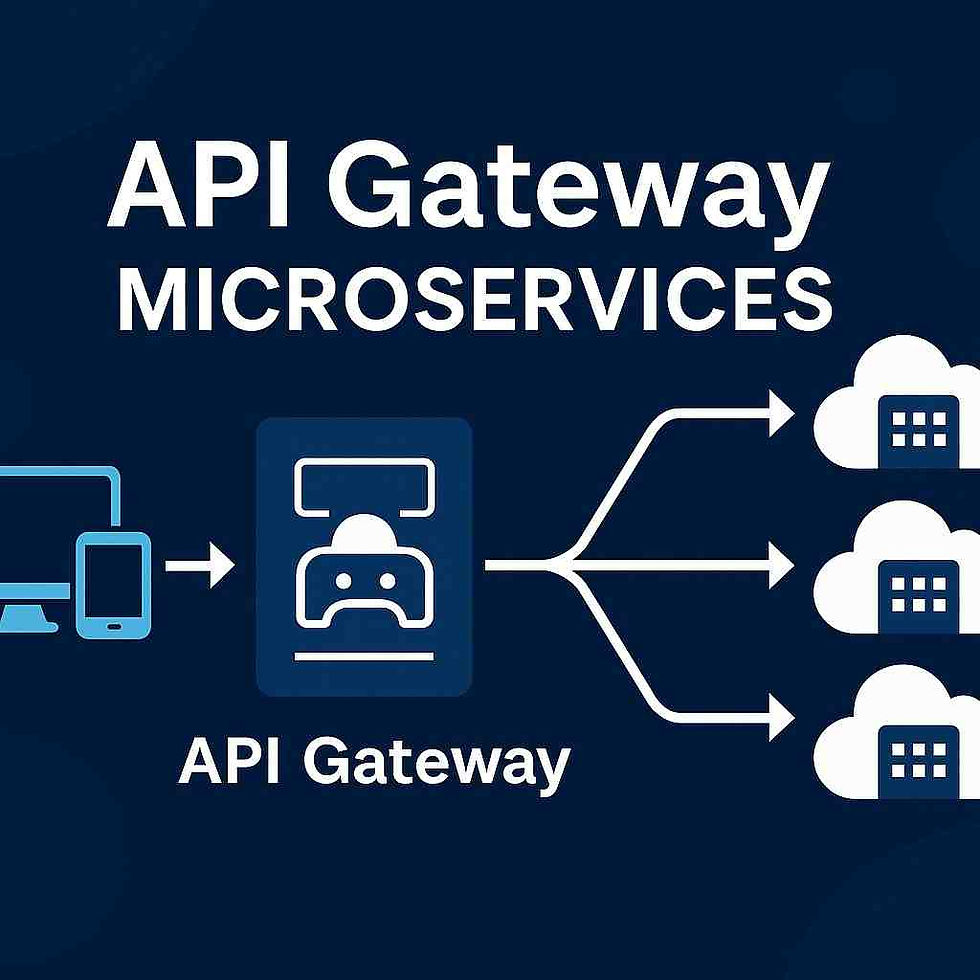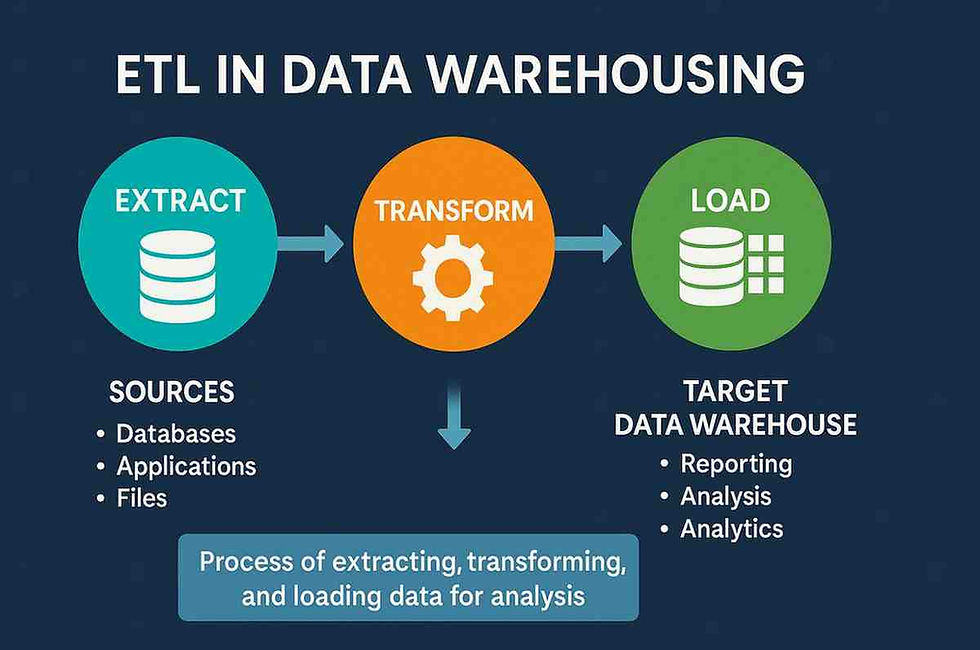Your Comprehensive Guide to API Lifecycle Testing
- Gunashree RS
- Dec 26, 2024
- 5 min read
Introduction
APIs (Application Programming Interfaces) have become the cornerstone of modern software development, connecting diverse systems and enabling seamless communication. As APIs gain prominence, ensuring their reliability, security, and performance throughout their lifecycle has become critical. Enter API lifecycle testing—a structured approach to testing APIs at every development and deployment stage. This comprehensive guide explores the concept, importance, methodologies, tools, and best practices of API lifecycle testing to help you optimize API quality and ensure robust integrations.
What Is API Lifecycle Testing?
API lifecycle testing is the systematic process of validating an API’s functionality, reliability, performance, and security at every stage of its lifecycle, from design to deprecation. It ensures that APIs meet business requirements and function as intended in diverse environments. The goal is to detect and address potential issues early, reducing risks and improving user experience.

Why Is API Lifecycle Testing Important?
APIs are the backbone of many modern applications, powering everything from e-commerce platforms to healthcare systems. The importance of API lifecycle testing lies in its ability to:
Guarantee Functionality: Ensure APIs work as intended across different scenarios.
Enhance Security: Identify and mitigate vulnerabilities to protect sensitive data.
Improve Performance: Validate API speed and responsiveness under varying loads.
Promote Reliability: Detect and fix issues before they affect end-users.
Support Agile Development: Enable faster iterations and seamless integrations.
Stages of API Lifecycle Testing
API lifecycle testing involves multiple stages, each addressing specific aspects of API quality:
Design Validation
Development Testing
Integration Testing
Validates API interactions with other services or components.
Highlights issues in data exchange or endpoint behavior.
Functional Testing
Confirms APIs perform expected operations across multiple inputs and outputs.
Tools like ReadyAPI streamline functional testing.
Performance Testing
Evaluate API speed, scalability, and responsiveness under load.
JMeter and BlazeMeter are popular choices for performance testing.
Security Testing
Identifies vulnerabilities and ensures compliance with industry standards.
OWASP ZAP is widely used for penetration testing.
Monitoring and Maintenance
Tracks API behavior in production to detect anomalies or performance dips.
Real-time monitoring tools include New Relic and Dynatrace.
Benefits of API Lifecycle Testing
Comprehensive Quality Assurance : Testing at every stage ensures no aspect of the API is overlooked.
Cost Savings: Early detection of issues reduces the cost of fixes in later stages.
Enhanced User Experience : Reliable APIs lead to smoother interactions for end-users.
Scalability: Performance testing ensures APIs handle increased loads effectively.
Regulatory Compliance: Security testing ensures adherence to legal and industry standards.
Key Challenges in API Lifecycle Testing
Complexity of APIs: APIs often interact with multiple systems, making testing intricate.
Dynamic Environments: Testing APIs across diverse environments requires significant effort.
Integration Issues: Ensuring seamless interaction with third-party APIs can be challenging.
Resource Limitations: Limited budgets or tools may hinder thorough testing.
Evolving Requirements: Frequent changes in APIs demand adaptable testing strategies.
Best Practices for API Lifecycle Testing
Adopt a Shift-Left Approach: Begin testing early in the design and development phases.
Automate Wherever Possible: Leverage tools for automated testing to save time and improve consistency.
Test Under Realistic Conditions: Simulate real-world scenarios to validate API behavior effectively.
Focus on Security: Regularly test for vulnerabilities and update security measures.
Leverage Comprehensive Tooling: Use a mix of tools for functional, performance, and security testing.
Document Thoroughly: Maintain detailed documentation of test cases, results, and issues.
Top Tools for API Lifecycle Testing
Postman: An intuitive tool for designing, testing, and monitoring APIs.
Swagger/OpenAPI: Simplifies API documentation, design validation, and testing.
SoapUI: Ideal for functional and security testing of SOAP and REST APIs.
JMeter: A robust tool for performance and load testing.
ReadyAPI: Provides a suite of tools for end-to-end API lifecycle testing.
OWASP ZAP: A widely used tool for security and penetration testing.
API Lifecycle Testing vs. Traditional Testing
Feature | API Lifecycle Testing | Traditional Testing |
Timing | Continuous, lifecycle-wide | Post-development only |
Focus | Functionality, security, performance | Functionality primarily |
Automation | High | Low |
Adaptability | Agile | Waterfall |
Real-World Applications of API Lifecycle Testing
E-commerce Platforms: Ensure smooth payment processing and inventory management through reliable APIs.
Healthcare Systems: Validate APIs for compliance with HIPAA and secure patient data exchange.
Financial Services: Ensure secure and seamless transactions via APIs.
IoT Ecosystems: Validate data transmission and device interactions through robust API testing.
How to Automate API Lifecycle Testing
Choose Appropriate Tools: Select tools like Postman or JMeter for automation.
Define Test Cases: Clearly outline expected inputs, outputs, and scenarios.
Integrate into CI/CD Pipelines: Automate execution during development workflows.
Analyze Results: Use dashboards to identify trends and issues.
Role of API Lifecycle Testing in CI/CD Pipelines
API lifecycle testing enhances CI/CD pipelines by automating test execution, ensuring faster and more reliable deployments. By integrating testing into the development workflow, teams can detect issues early and deliver high-quality APIs with confidence.

Ensuring Security in API Lifecycle Testing
Conduct Regular Security Audits: Periodically assess APIs for vulnerabilities.
Use Encryption: Secure data in transit and at rest with robust encryption protocols.
Implement Authentication: Use OAuth2 or JWT for secure access control.
Monitor Threats: Continuously track API activity to detect suspicious behavior.
How to Monitor APIs Post-Deployment
Use Monitoring Tools: Leverage platforms like New Relic for real-time insights.
Track Metrics: Focus on latency, error rates, and throughput.
Set Alerts: Automate notifications for performance anomalies.
Perform Regular Updates: Patch vulnerabilities and improve performance periodically.
Future Trends in API Lifecycle Testing
AI-Powered Testing: Automating test creation and execution with AI.
Self-Healing Scripts: Dynamic scripts that adapt to changes in APIs.
Greater Focus on Security: Zero-trust testing models for APIs.
Integration with IoT and AI: Advanced testing for APIs in emerging technologies.
Conclusion
API lifecycle testing is an indispensable practice for modern software development, ensuring APIs remain functional, secure, and high-performing throughout their lifecycle. By integrating testing into each stage of API development, organizations can deliver reliable solutions, enhance user satisfaction, and stay ahead in an API-driven world.
FAQs
What is API lifecycle testing?
It is the process of testing APIs at every stage of their lifecycle to ensure quality, security, and performance.
Why is API lifecycle testing critical?
It ensures APIs meet business requirements, function as intended, and remain secure throughout their lifecycle.
What are the key stages of API lifecycle testing?
Stages include design validation, development testing, integration testing, functional testing, performance testing, and post-deployment monitoring.
What tools are best for API lifecycle testing?
Tools like Postman, Swagger, SoapUI, and JMeter are commonly used.
How does API lifecycle testing differ from traditional testing?
It is continuous and integrated into the development process, while traditional testing is often performed post-development.
What are common challenges in API lifecycle testing?
Challenges include complex APIs, dynamic environments, and evolving requirements.
How does API lifecycle testing support CI/CD?
It automates test execution, enabling faster and more reliable deployments.
What trends are shaping the future of API lifecycle testing?
AI-powered testing, self-healing scripts, and enhanced security measures are key trends.
Key Takeaways
API lifecycle testing ensures APIs meet functionality, security, and performance requirements.
Early testing reduces costs and enhances user experience.
Comprehensive tools and best practices improve testing efficiency and coverage.
Future trends in testing will focus on AI integration and advanced security measures.




Comments